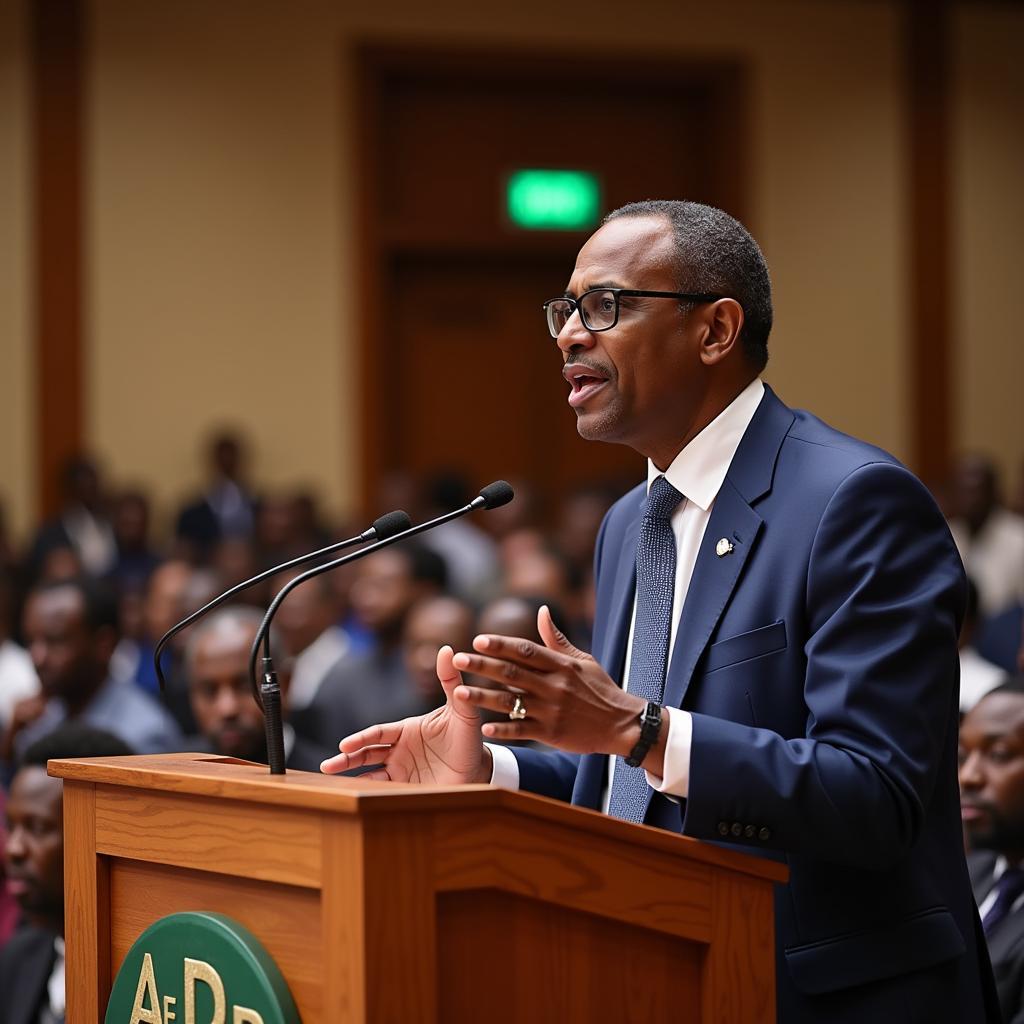Understanding the Devastating Impacts of African Drought
African drought is a recurring climate phenomenon with devastating consequences for the continent’s people, ecosystems, and economies. It’s a complex issue driven by a combination of natural climate variability and human-induced climate change, impacting food security, water resources, and overall well-being across Africa. This article explores the causes, consequences, and potential solutions surrounding this critical issue.
The Complex Web of Causes Behind African Drought
Droughts in Africa are often attributed to natural climate patterns, like El Niño and La Niña, which influence rainfall distribution. However, the increasing frequency and intensity of droughts are linked to climate change. Rising global temperatures lead to increased evaporation, altering weather patterns and exacerbating drought conditions. Deforestation and land degradation further contribute to the problem by reducing water retention capacity and increasing soil erosion. These factors create a complex web of interconnected causes that make African drought a multifaceted challenge.
The impact of climate change on drought patterns isn’t uniform across the continent. Some regions experience prolonged dry spells, while others face shorter, more intense periods of drought. Understanding these regional variations is crucial for developing effective mitigation and adaptation strategies.
Consequences: Ripple Effects Across Society and Environment
The consequences of African drought are far-reaching, extending beyond immediate water scarcity. Crop failures and livestock losses lead to food insecurity and malnutrition, particularly in vulnerable communities. This can trigger displacement and migration as people search for food and water, leading to social and economic instability. Furthermore, drought puts immense pressure on already strained water resources, impacting sanitation and increasing the risk of waterborne diseases.
Ecosystems are also significantly affected by drought. Reduced water availability leads to biodiversity loss, habitat degradation, and increased wildfire risk. The drying up of water bodies disrupts aquatic life and impacts the livelihoods of communities dependent on fishing and other water-related activities.
Combating Drought: Strategies for Mitigation and Adaptation
Addressing the challenges of African drought requires a multi-pronged approach that focuses on both mitigation and adaptation. Mitigation efforts aim to reduce greenhouse gas emissions and limit the severity of climate change. This involves transitioning to renewable energy sources, promoting sustainable land management practices, and reducing deforestation.
Adaptation strategies, on the other hand, focus on building resilience to the impacts of drought. This includes developing drought-resistant crops, improving water management techniques, and establishing early warning systems for drought. Empowering local communities with knowledge and resources is essential for effective adaptation. Investing in water infrastructure, such as reservoirs and irrigation systems, can also enhance drought resilience.
Conclusion: A Call for Collective Action on African Drought
African drought is a complex and urgent issue with significant implications for the continent’s future. Addressing this challenge requires a concerted effort from governments, international organizations, and local communities. By investing in mitigation and adaptation strategies, we can build a more resilient and sustainable future for Africa and minimize the devastating impacts of drought. We must act now to protect the lives and livelihoods of millions affected by this growing crisis.
FAQ
-
What are the main causes of drought in Africa?
Natural climate variability and human-induced climate change are the primary drivers. -
How does drought affect food security in Africa?
Drought leads to crop failures and livestock losses, resulting in food shortages and malnutrition. -
What are some effective drought adaptation strategies?
Developing drought-resistant crops, improving water management, and establishing early warning systems. -
How can we mitigate the impacts of drought in the long term?
Reducing greenhouse gas emissions through transitioning to renewable energy and promoting sustainable land management. -
What is the role of local communities in combating drought?
Local communities play a crucial role in implementing adaptation strategies and managing resources effectively. -
How does drought affect ecosystems?
Drought leads to biodiversity loss, habitat degradation, and increased wildfire risk. -
What are the social and economic consequences of drought?
Drought can trigger displacement, migration, and social and economic instability.
Common Scenarios and Questions
Scenario 1: A farmer experiences crop failure due to prolonged drought.
Question: What resources are available to support farmers affected by drought?
Scenario 2: A community faces water shortages due to drought.
Question: What strategies can be implemented to improve water management and access during drought periods?
Further Reading and Related Topics
You might also be interested in learning more about climate change in Africa, water resource management, and sustainable agriculture. Visit our website for more articles on these related topics.
Call to Action
For support and inquiries regarding African drought and related issues, please contact us at Phone: +255768904061, Email: kaka.mag@gmail.com or visit our office at Mbarali DC Mawindi, Kangaga, Tanzania. Our customer support team is available 24/7.



